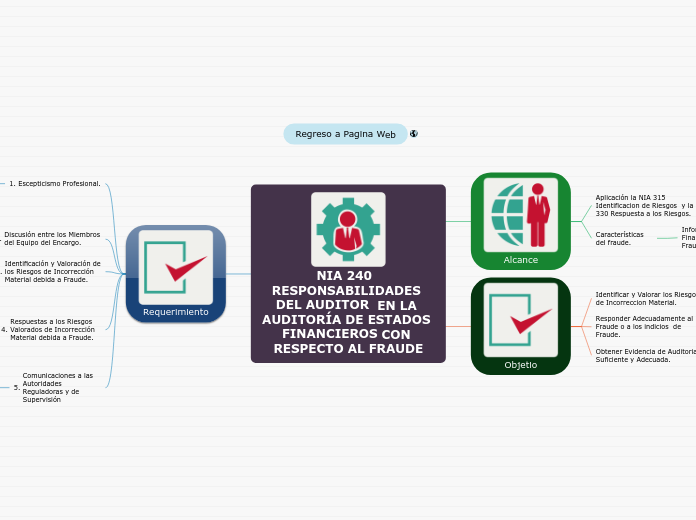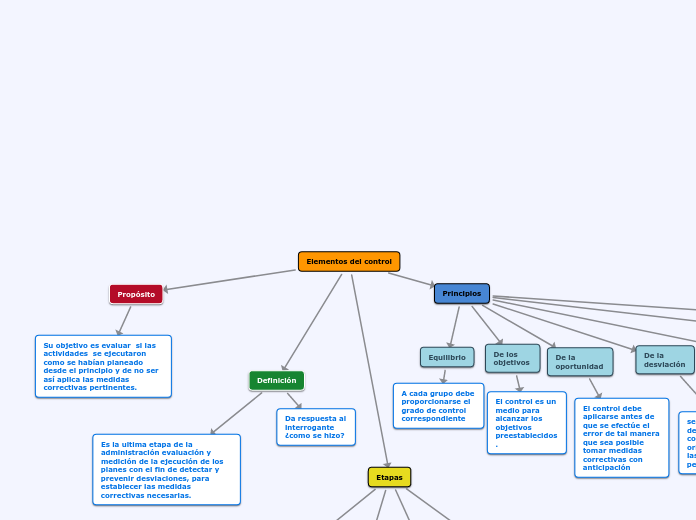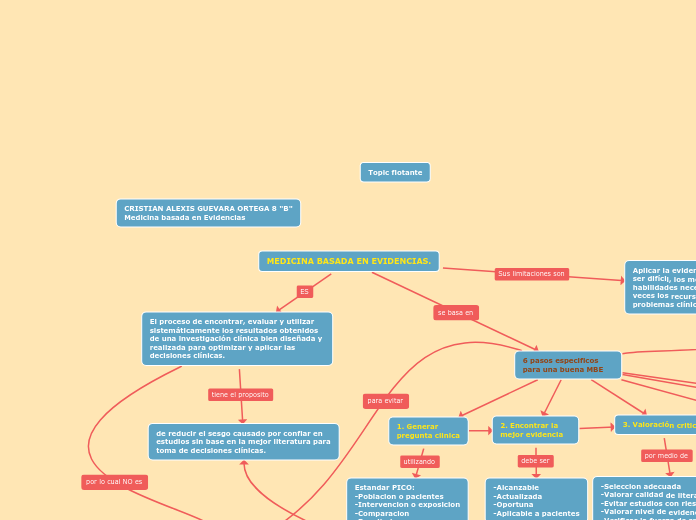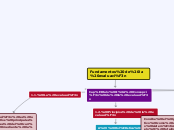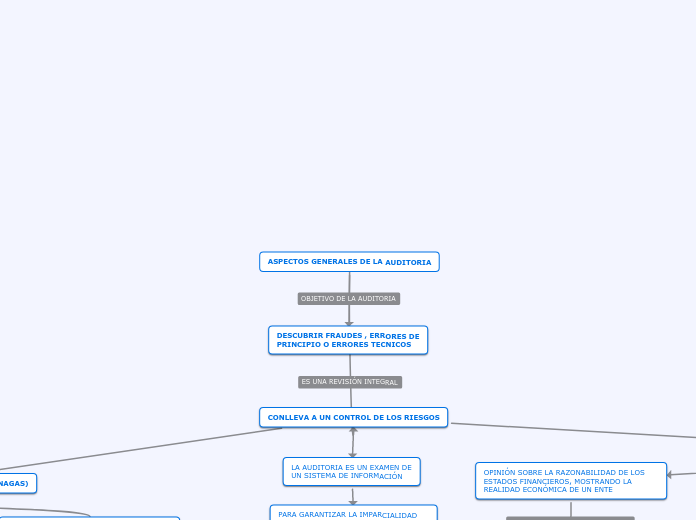Regreso a Pagina Web
NIA 240 RESPONSABILIDADES DEL AUDITOR EN LA AUDITORÍA DE ESTADOS FINANCIEROS CON RESPECTO AL FRAUDE
To name your story, you have to think about the overall message and what you want your audience to understand from the story. Also, make it relevant and easy to remember.
Requerimiento
The ending of a story is essential. We all know that if the ending is weak, what happened before loses its importance. So make it unpredictable, but fair. A resolved ending answers all the questions and ties up any loose threads from the plot.
Comunicaciones a las Autoridades Reguladoras y de Supervisión
Documentación
Respuestas a los Riesgos Valorados de Incorrección Material debida a Fraude.
This is the closure section of the story.
See examples of possible outcomes below:
- all problems have been solved
- it's clear how each one of your characters ends up
- your main character is transformed by the challenge
rocedimientos de Auditoría en Respuesta a Riesgos Valorados de Incorrección Material debida a Fraude en las Afirmaciones.
Respuestas Globales.
Try answering these questions to come up with a closure:
- Have all the problems been solved?
- Is there a clear picture of what happens with each character in the story?
- Has the challenge transformed your main character?
- How do the characters feel in the end?
Identificación y Valoración de los Riesgos de Incorrección Material debida a Fraude.
Evaluación de la Evidencia de Auditoría
Imposibilidad del Auditor para Continuar con el Encargo
Manifestaciones escritas
Discusión entre los Miembros del Equipo del Encargo.
Escepticismo Profesional.
This is the moment when the main character surpasses the last obstacle and finally faces their greatest challenge.
The climax usually follows one of these patterns:
- realization
- resolution
- choice
Type in your answer.
Procedimientos de valoración del riesgo y actividades relacionadas.
Identificación de relaciones inusuales o inesperadas.
Evaluación de factores de riesgo de fraude.
Otra información.
Responsables del gobierno de la entidad.
La dirección y otras personas de la entidad.
Objetio
The middle of the story is where you add layers of complications that will lead to the end. Reveal more about the character's journey. Did their personality go through changes? How did they overcome the challenges? And as you build up the story’s central conflict, make it more personal to that character. Also, from the middle act, you have to lead into the final act.
Obtener Evidencia de Auditoria Suficiente y Adecuada.
There wouldn't be any tension and excitement in your story if there weren't any obstacles in your character's way.
Responder Adecuadamente al Fraude o a los indicios de Fraude.
Identificar y Valorar los Riesgos de Incorreccion Material.
Your character(s) need(s) motivation in order to solve the challenge(s).
Alcance
In the beginning of the story (or the exposition), you will need to introduce the setting and characters. You might also want to introduce the main conflict. This part of the story is important because it gives the reader necessary background information and maybe even a first insight into a character’s personality.
Características del fraude.
Información Financiera Fraudulenta.
Aplicación la NIA 315 Identificacion de Riesgos y la NIA 330 Respuesta a los Riesgos.
Characters are essential to a good story. Usually, the protagonist(s) is/are the most affected by the plot. Introduce a character by focusing on their actions, interests, and occupation, as the physical appearance doesn't make a difference in most cases.
